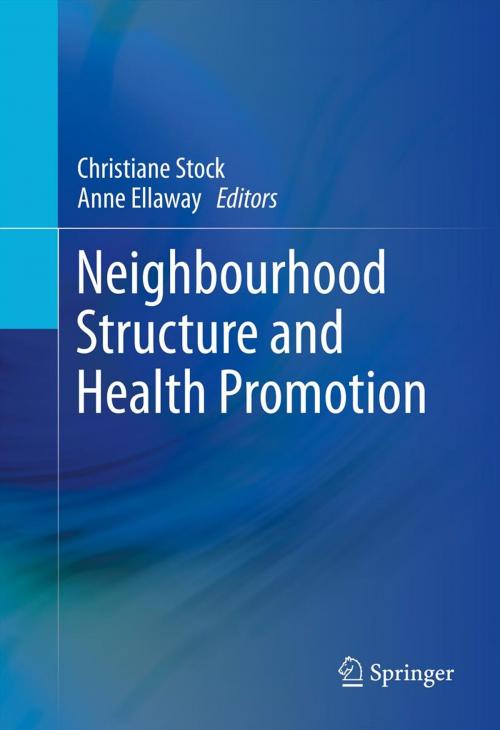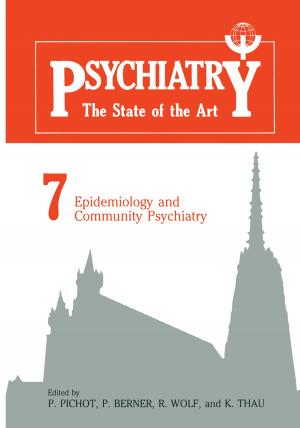Neighbourhood Structure and Health Promotion
Nonfiction, Health & Well Being, Medical, Specialties, Preventive Medicine, Psychology, Child & Adolescent, Child Development| Author: | ISBN: | 9781461466727 | |
| Publisher: | Springer US | Publication: | April 6, 2013 |
| Imprint: | Springer | Language: | English |
| Author: | |
| ISBN: | 9781461466727 |
| Publisher: | Springer US |
| Publication: | April 6, 2013 |
| Imprint: | Springer |
| Language: | English |
It has long been theorized that people living in poor areas have more health problems than their more advantaged peers. More recently, science has been testing this hypothesis, concentrating on the impact of the built environment on well-being and its contribution to health inequities.
Neighbourhood Structure and Health Promotion offers sociology-based theory and evidence-based findings so readers may better understand the effects of place on health choices, behaviour, and outcomes. This international volume analyzes the complex relationships among neighbourhood conditions and characteristics, people's perceptions of where they live, and their everyday health lives, from eating habits and activity levels to smoking, drinking, and drug use. Chapters introduce innovative methods for measuring and monitoring links between place and health in terms of risks and resources, and employing objective and subjective data. Prospects for engaging neighbourhoods in prevention efforts, particularly involving young people, and policy implications for the future of health promotion and inequity reduction are discussed as well. Included in the coverage:
- The spatiality of injustice: area effects on behaviour.
- Qualitative and quantitative methods for assessing neighbourhood health resources.
- The potential of GIS and GPS in the health sciences.
- Green spaces and health: possibilities for research and policy.
- School neighbourhoods and obesity prevention in youth.
- Connecting gender, social environment, and health.
Neighbourhood Structure and Health Promotion advances the study of this increasingly critical topic, making it a valuable reference for researchers, practitioners, policy makers and advanced students in health, health promotion, social epidemiology, and urban planning.
It has long been theorized that people living in poor areas have more health problems than their more advantaged peers. More recently, science has been testing this hypothesis, concentrating on the impact of the built environment on well-being and its contribution to health inequities.
Neighbourhood Structure and Health Promotion offers sociology-based theory and evidence-based findings so readers may better understand the effects of place on health choices, behaviour, and outcomes. This international volume analyzes the complex relationships among neighbourhood conditions and characteristics, people's perceptions of where they live, and their everyday health lives, from eating habits and activity levels to smoking, drinking, and drug use. Chapters introduce innovative methods for measuring and monitoring links between place and health in terms of risks and resources, and employing objective and subjective data. Prospects for engaging neighbourhoods in prevention efforts, particularly involving young people, and policy implications for the future of health promotion and inequity reduction are discussed as well. Included in the coverage:
- The spatiality of injustice: area effects on behaviour.
- Qualitative and quantitative methods for assessing neighbourhood health resources.
- The potential of GIS and GPS in the health sciences.
- Green spaces and health: possibilities for research and policy.
- School neighbourhoods and obesity prevention in youth.
- Connecting gender, social environment, and health.
Neighbourhood Structure and Health Promotion advances the study of this increasingly critical topic, making it a valuable reference for researchers, practitioners, policy makers and advanced students in health, health promotion, social epidemiology, and urban planning.















